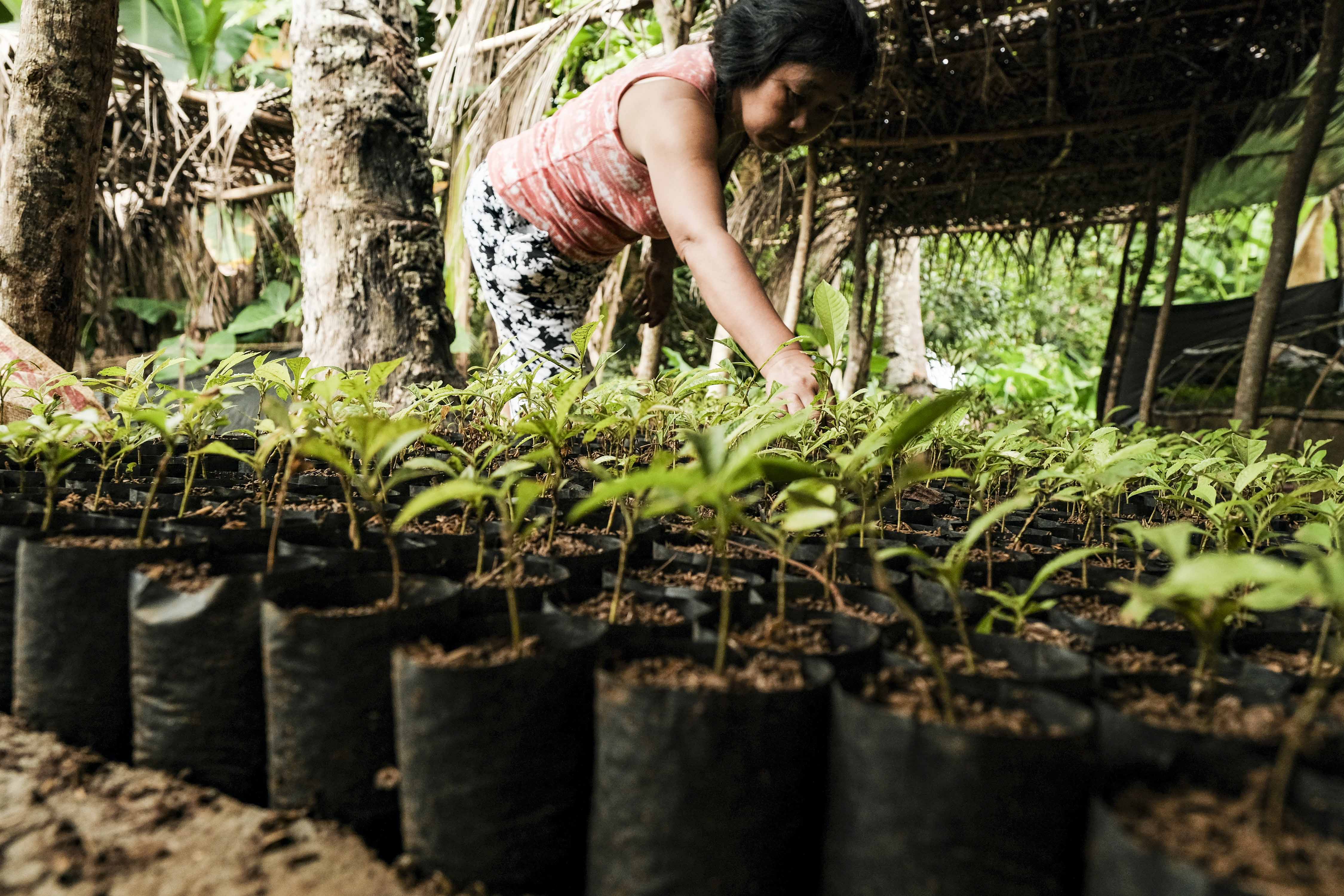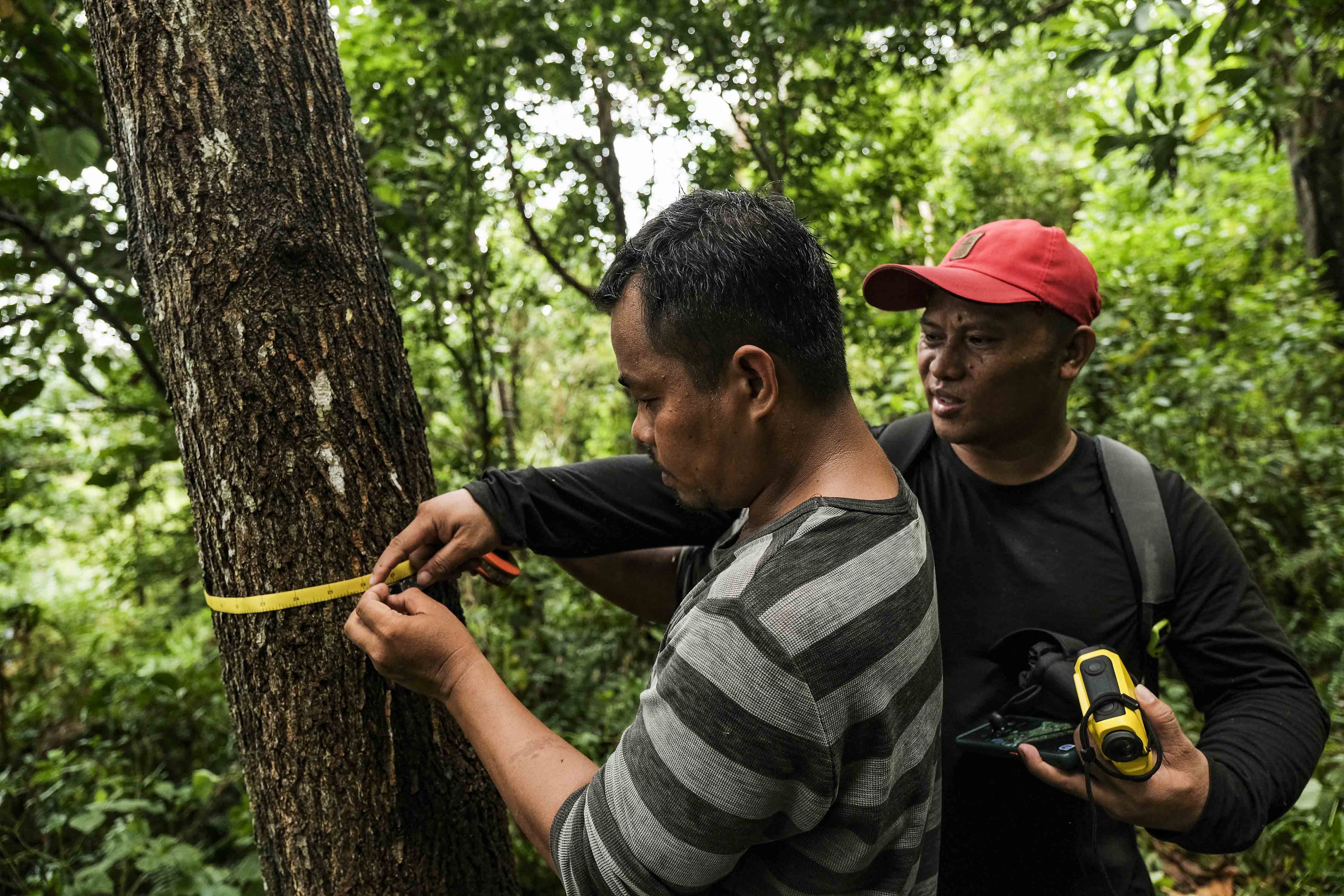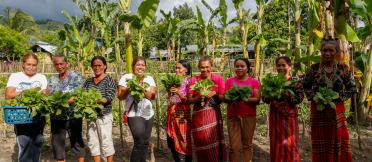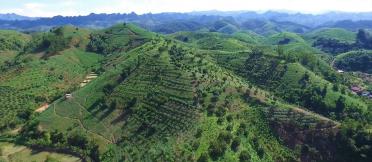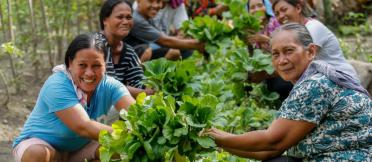‘Reforestation is not the only solution to solve the problem of forest degradation. The everyday needs of the people living within or near forests are also important considerations alongside restoration efforts,’ said University of Sunshine Coast project leader Dr Nestor Gregorio.
‘We are working with partners to improve rural livelihoods and provide multiple benefits to communities who depend on the forests by improving their land use and engaging in sustainable practices that will protect and conserve the environment.’
The project engaged with 10 partner people’s organisations (POs) in Leyte, Biliran, Cebu and Iloilo provinces to test community-based forest restoration initiatives with improved livelihoods and application of best practices in community forestry.
The POs now demonstrate enhanced knowledge of best practices and research-based techniques in producing quality nursery seedlings and establishing plantations. They have modified their nursery cultural practices and field planting techniques, which have significantly improved the survival and growth of seedlings.
Anabelle Talon, secretary of Kawayanon Farmers Association Inc. (KFAI), in Barangay (village) Kawayanon in the Caibiran municipality, Biliran Province, recalls the challenges their community encountered before the reforestation project was implemented. Having lived in the village for 50 years, she witnessed how forest degradation affected their community.
‘We experienced landslides and fires that damaged and threatened our plantations and crops,’ said Ms Talon.
‘When the ACIAR project came to our community in 2014, we learnt how to grow quality seedlings, establish a nursery and ensure that our crops survive in the upland plantation. We even learnt the correct size and dimensions of the plots where we will plant our seedlings.’
Ms Talon said that their upland plantation has been rehabilitated, and they see more trees growing. More than planting and growing techniques, however, she says that through the project’s capacity building activities, community members have also learned other skills they are now using for further work.
‘We have learned a lot through the ACIAR project. Members of our association are also being asked for advice whenever there are tree-planting activities in schools so they can teach the students the proper way of planting,’ said Ms Talon.
‘At a personal level, I also learned how to draft important documentation such as our association or village resolutions related to our community projects. The skills I have learned from the ACIAR project enabled me to take on another role as project proposal team chairperson in our village for a government-funded project. We hope more agencies will support our community on nursery establishment and livelihood opportunities so we can sustain the gains from the project.’



